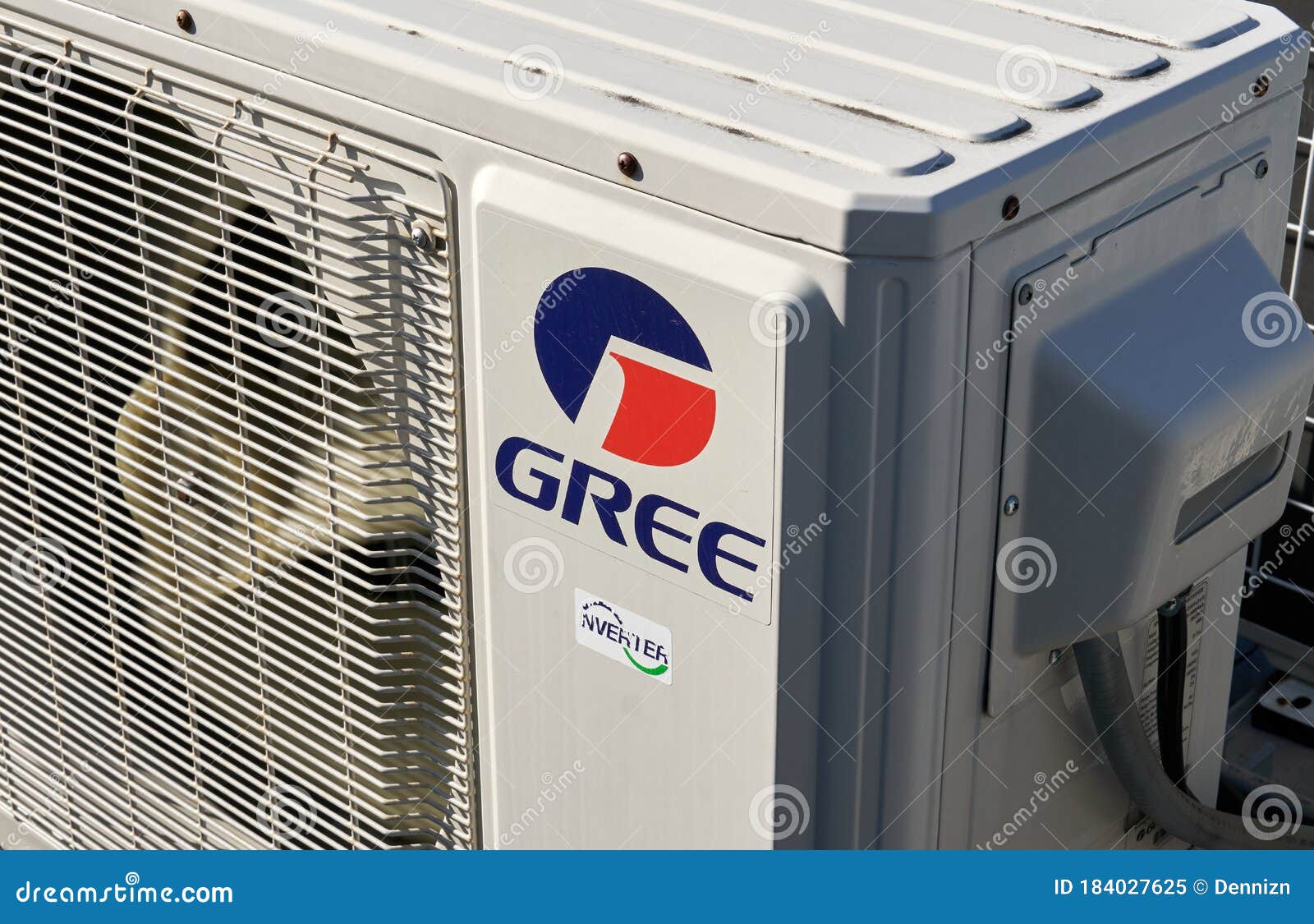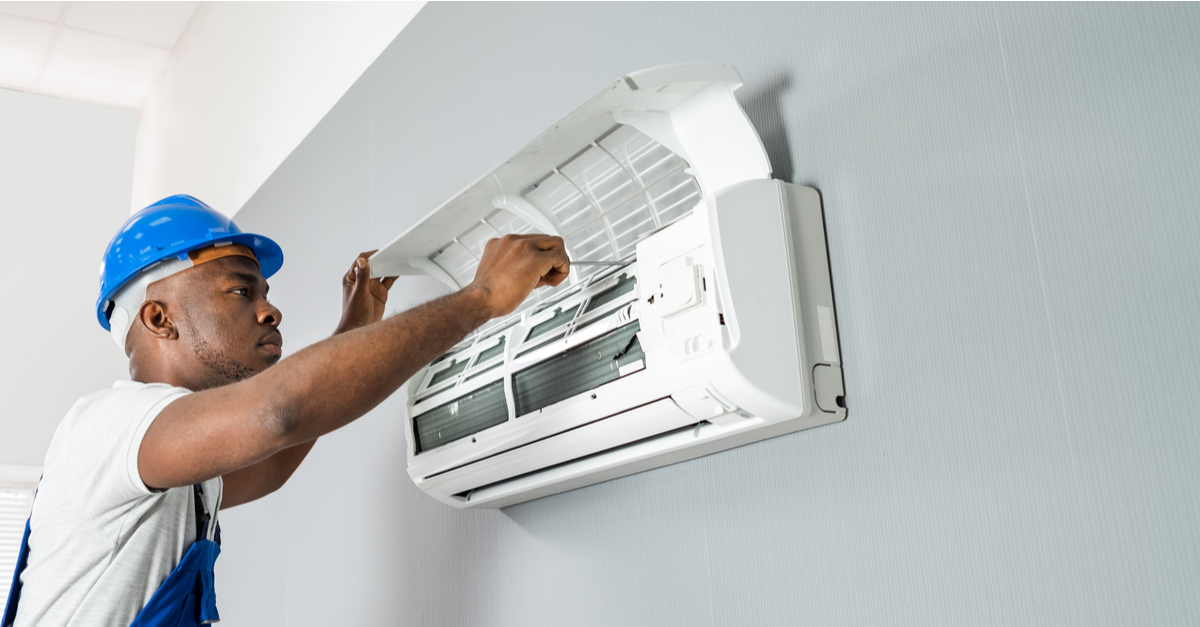When it pertains to making architectural rooms, the old saying 'type follows feature' applies. However have you ever considered how integrating cooling right into style can boost comfort and performance concurrently?
The seamless fusion of cooling down systems within the structure of a building not just influences the residents' wellness but likewise affects the overall sustainability of the structure. As you explore the elaborate partnership between style and air conditioning, a globe of innovative solutions and cutting-edge innovations awaits your discovery.
Secret Takeaways
- Energy-efficient systems enhance convenience and sustainability.
- Integrated cooling enhances interior air quality.
- Balancing aesthetic appeals and functionality makes certain perfect style.
- Future patterns focus on smart, sustainable air conditioning services.
Relevance of Integrated Cooling
When designing rooms, incorporating a/c is important for making certain the very best comfort and performance. Energy performance plays an essential duty in the style process, as it not just minimizes functional prices but additionally lessens the ecological effect of the structure. By incorporating energy-efficient air conditioning systems, you can develop a sustainable and cost-effective service that profits both the owners and the planet.
Additionally, interior air top quality is another essential aspect to consider when making with integrated air conditioning. Proper ventilation and purification systems assist preserve a healthy and balanced indoor setting by decreasing contaminants and irritants. This leads to boosted resident health and wellness and efficiency. When choosing cooling systems, prioritize those that supply sophisticated filtering modern technologies to improve the total indoor air top quality.

Aspects Influencing Layout Choices
Incorporating a/c right into building designs needs cautious consideration of numerous factors that affect style choices. When incorporating cooling systems, sustainability factors to consider are important to decrease the building's environmental impact. User experience plays a considerable duty in figuring out the effectiveness and fulfillment with the a/c system.
- Energy Performance: Lasting layout techniques intend to lessen energy consumption, which not only profits the environment however likewise minimizes functional prices for the building proprietor.
- Indoor Air Quality: Supplying a comfortable and healthy interior setting enhances the general individual experience, promoting efficiency and wellness.
- Looks and Combination: Integrating cooling systems flawlessly right into the building layout ensures that functionality does not jeopardize the aesthetic charm of the area, boosting individual contentment and total building appearances.
Effective Cooling Down Techniques for Structures
To enhance cooling effectiveness in buildings, think about incorporating easy layout strategies alongside a/c systems. Passive air conditioning techniques can substantially decrease the demand for mechanical air conditioning, causing more lasting solutions for keeping comfy interior temperatures. Layout attributes such as shading gadgets, natural air flow systems, and thermal mass can help regulate temperature levels without relying only on energy-intensive a/c. By strategically positioning home windows to take full advantage of cross air flow or making use of reflective roofing materials to decrease solar heat gain, you can harness the power of nature to cool your building effectively.
In addition to passive strategies, executing lasting services like environment-friendly roofs or living wall surfaces can even more boost cooling effectiveness by supplying insulation and minimizing warm absorption. These attributes not just aid in preserving comfy interior temperatures but also add to a greener atmosphere. By integrating passive cooling strategies with lasting solutions, you can create a more energy-efficient and eco-friendly building design that focuses on both convenience and preservation.
Balancing Visual Appeals and Performance
Take into consideration the harmonious combination of aesthetic elements with useful aspects in your building design to assure a balanced and impactful outcome. When integrating cooling systems into your building layout, striking an equilibrium between aesthetics and capability is crucial to creating areas that not just look excellent but also provide optimal comfort for residents.
To attain this equilibrium, maintain the complying with points in mind:
- Mix the System with the Environments: Make sure that the air conditioning systems or vents flawlessly incorporate with the total visual of the space, whether through hidden placement, attractive covers, or matching colors.
- Prioritize Customer Experience: Design the air movement and temperature level control systems in a way that focuses on the convenience and well-being of the occupants. Take into consideration variables such as air distribution, noise degrees, and ease of use to improve the overall user experience.
- Integrate Sustainable Practices: Opt for energy-efficient air conditioning services that not only contribute to the aesthetic charm of the building but also promote sustainability and minimize ecological impact. ductless heating and cooling
Future Trends in Architectural Cooling
As you envision the future of building layout, remaining abreast of arising air conditioning patterns comes to be crucial for boosting both kind and feature within your tasks.
The integration of wise modern technologies into building cooling systems is readied to revolutionize the means buildings are cooled down. These systems use information and automation to optimize energy use, providing customized comfort while lowering environmental influence.
Lasting options are also shaping the future of building cooling. From passive style techniques that make best use of all-natural air flow to innovative cooling products that reduce the need for conventional air conditioning, sustainability goes to the center of cooling technologies. Designers are increasingly including environment-friendly roof coverings, shielding elements, and thermal mass right into their layouts to create more energy-efficient cooling systems.
Regularly Asked Inquiries
How Does A/c Influence the General Sustainability and Energy Effectiveness of a Building Style?
When you integrate cooling into building layout, it affects sustainability and energy performance. Energy usage can increase because of a/c usage, impacting building efficiency. This raised power demand can have unfavorable environmental impacts, lowering total sustainability.
To reduce these effects, think about including energy-efficient HVAC systems, appropriate insulation, and passive air conditioning techniques. Stabilizing comfort with energy effectiveness is necessary for creating lasting architectural styles.
Exist Any Type Of Rules or Certifications That Architects Need to Think About When Integrating A/c Into Their Designs?
When integrating cooling into your styles, it's critical to take into account regulatory requirements like building regulations and certification standards for energy performance. Fulfilling these guidelines warranties that your project straightens with sector finest techniques and environmental objectives.
Acquainting on your own with these guidelines will help you in producing lasting designs that focus on convenience while additionally reducing energy intake. Stay educated and certified to provide jobs that are both comfy and environmentally friendly.

Can the Positioning of A/c Units Affect the General Comfort and Performance of a Room?
When it involves a/c systems, positioning matters a lot for your room's convenience and performance. Air blood circulation is essential, so avoid obstructing vents or placing devices in tight corners.
Think about exactly how environmental pollution can influence your setting and go for a visually pleasing arrangement that mixes flawlessly with your spatial layout.
Pay attention to where you place these devices to assure maximum comfort and efficiency throughout your space.
What Are Some Cutting-edge Technologies or Materials That Can Be Used to Enhance Cooling Systems in Modern Architecture?
To boost air conditioning systems in modern-day design, you can check out smart controls and lasting products. Easy air conditioning methods and utilizing thermal mass are innovative ways to enhance performance and convenience.
Just How Can Architects Ensure That the Design of A/c Solutions Complements the Total Visual of a Building While Still Focusing On Capability and Convenience?
To assure the style of air conditioning systems enhances a structure's aesthetic, focus on aesthetic integration and layout harmony. Include energy-efficient innovations for functionality. Balancing visual appeals and capability boosts resident convenience.
Stress seamless assimilation of air conditioning components right into the architectural design. By concentrating on both aesthetic appeals and power efficiency, engineers can create an area that's aesthetically enticing, comfy, and environmentally friendly.
Final thought
In general, when creating with comfort in mind, incorporating cooling in architecture is important. By considering variables such as effective air conditioning strategies, balancing visual appeals and performance, and staying in advance of future fads, designers can develop rooms that aren't just visually enticing however additionally comfortable for owners.
It is essential to focus on the well-being and convenience of those who'll be making use of the room, and incorporated air conditioning plays an essential function in achieving this objective.
